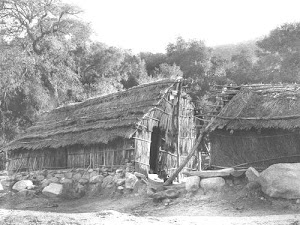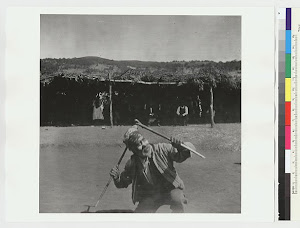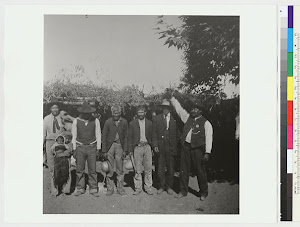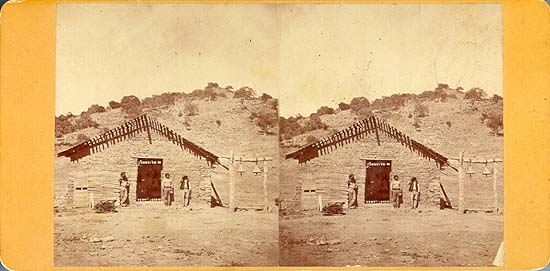http://www.calisphere.universityofcalifornia.edu/calcultures/ethnic_groups/ethnic4.html
At the time of Spanish colonization in the late 1700s, California was home to more than 300,000 native people in more than 200 tribes. Their centuries-old way of life was brought to an end relatively quickly: native Californians soon established regular trading relationships with the Spanish, increasing coastal groups' power and prestige, giving them greater leverage in dealings with inland groups.
But Native Californians were not immune to Old World diseases. Smallpox, influenza, dysentery, malaria, measles, and syphilis spread from group to group. By 1848, such diseases had reduced California's native population by more than two-thirds. This catastrophic decline disrupted families, communities, and trading networks, weakening native resistance to Spanish, Mexican, and American intrusion.
By 1860, the state's native population had been reduced to 30,000, decimated by disease, poverty, the influx of gold miners, assimilation, and other historical factors. Just 40 years later, in 1900, this population had plummeted to 20,000.
During the later part of the 20th century, tribes throughout the United States joined in a struggle for Indian rights. A controversial 1987 US Supreme Court decision affirming Native Americans' right to build casinos on reservation lands dramatically changed the economic, political, and social landscapes of California's native peoples.
Friday, February 22, 2008
Database of California Native American documents & images
Posted by
Karen Vigneault Librarian
at
12:37 PM
![]()
Subscribe to:
Post Comments (Atom)













No comments:
Post a Comment